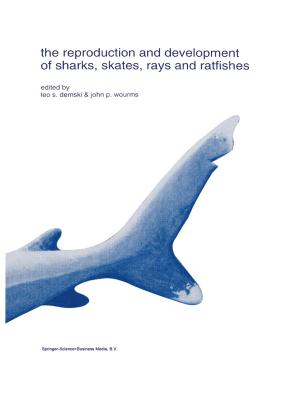Late Graft Loss
Proceedings of the 28th Conference on Transplantation and Clinical Immunology, 3–5 June, 1996
Nonfiction, Health & Well Being, Medical, Specialties, Internal Medicine, Nephrology, Surgery| Author: | ISBN: | 9789401154345 | |
| Publisher: | Springer Netherlands | Publication: | December 6, 2012 |
| Imprint: | Springer | Language: | English |
| Author: | |
| ISBN: | 9789401154345 |
| Publisher: | Springer Netherlands |
| Publication: | December 6, 2012 |
| Imprint: | Springer |
| Language: | English |
In all varieties of organ transplants, early results have dramatically improved over the past two decades and failures due to acute rejection are becoming rarer. Efficient immunosuppressive regimens have been developed with the objective of very good results at 1, 3 and 5 years.
Successful transplants, however, are significantly less frequent at 10 and 20 years, and many patients require retransplantation. Many factors are involved in late graft loss and it is now well recognized that, in addition to chronic rejection, a number of non-immunologic factors play a prominent role. In the case of renal transplantation, a reduced mass loss (transplantation of a single kidney, sometimes from an aged donor, ischemic injury and alteration of some nephrons in the case of early acute rejection) will result in slowly progressing chronic renal failure, even in the absence of any supplementary attack of an immunological nature. The new treatments must be analyzed in the light of their capacity to reduce these late failures. Several preventive measures can also limit both immunologic and non-immunologic factors of late transplant deterioration.
In all varieties of organ transplants, early results have dramatically improved over the past two decades and failures due to acute rejection are becoming rarer. Efficient immunosuppressive regimens have been developed with the objective of very good results at 1, 3 and 5 years.
Successful transplants, however, are significantly less frequent at 10 and 20 years, and many patients require retransplantation. Many factors are involved in late graft loss and it is now well recognized that, in addition to chronic rejection, a number of non-immunologic factors play a prominent role. In the case of renal transplantation, a reduced mass loss (transplantation of a single kidney, sometimes from an aged donor, ischemic injury and alteration of some nephrons in the case of early acute rejection) will result in slowly progressing chronic renal failure, even in the absence of any supplementary attack of an immunological nature. The new treatments must be analyzed in the light of their capacity to reduce these late failures. Several preventive measures can also limit both immunologic and non-immunologic factors of late transplant deterioration.















